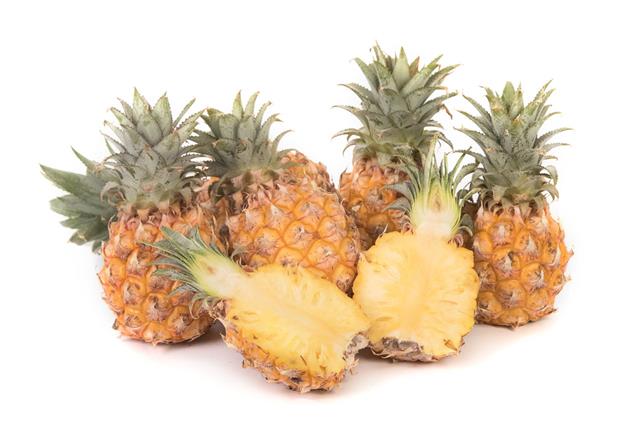
It is important to follow a balanced diet plan, comprising all the basic nutrients, for a healthy body. Here is a balanced diet chart which contains food items to be included in your daily diet plan.
Following a balanced diet means following one simple principle – eat as much as you burn, and burn as much as you eat.
You should eat only what is required for you, depending on your age, sex, physical activity and other lifestyle attributes. A person who is active, undoubtedly, needs to consume more calories as compared to a person who leads a sedentary lifestyle. Another important aspect of a balanced diet is eating foods from all food groups.
All food groups contain some or the other nutrients that are necessary for the normal functioning of the body. Just that the quantities to be consumed, varies from person to person. In short, all food is good when eaten as per one’s requirements. And this is what is called a balanced diet.
Importance of Balanced Diet
A balanced diet provides the body with all the necessary nutrients and vitamins, thereby improving the functioning of the immune system. This not only reduces the possibility of being infected by seasonal allergies, but also prevents serious health risks like cancer, diabetes, cardiovascular diseases, etc. Such a diet also keeps you mentally fit by keeping your mind more alert.
Since the body can resist all infections, it will, in turn, function better. A well-balanced diet also ensures proper metabolism, thereby keeping your weight in check. A balanced diet is especially important for growing children so as to promote healthy growth. If the body is supplied with all the necessary nutrients, the skin and hair also become healthier. It also prevents our body from aging, thereby giving us a more youthful look.
Balanced Diet Chart for Adults
| Food Group | Foods | Example of One Serving | Servings / Day |
| Grains |
|
|
6 – 11 servings |
| Vegetables |
|
|
3 – 5 servings |
| Fruits |
|
|
2 – 4 servings |
| Dairy |
|
|
2 – 3 servings |
| Lean Proteins |
|
|
2 -3 servings |
| Oils, Sweets and Fats |
|
|
1 serving |
Balanced Diet Chart for Children
| Food Group | Foods | Example of One Serving | Servings / Day |
| Grains |
|
|
4 servings for 2-5 year olds,
5 servings for school children |
| Vegetables |
|
|
2 servings for 2 – 5 year olds
3 servings for school going children |
| Fruits |
|
|
2 servings |
| Lean Proteins |
|
|
1 serving |
| Dairy |
|
|
2 – 3 servings |
| Oils, Sweets and Fats |
|
|
1 serving |
A Few Tips
- Make sure your diet comprises enough fiber, pulses, whole grains, fresh fruits and vegetables.
- Keep the consumption of oils and sweets to a minimum. Excessive intake of these foods increase cholesterol levels in the body.
- Control your salt intake. Too much salt can lead to hypertension.
- Restrict the consumption of processed food, which comprises calories, saturated fats, added sugar, refined cereal grains and artificial additives.
- Limit consumption of aerated drinks and alcoholic beverages and increase the intake of water, juices and soups.
- Eat smaller portions throughout the day instead of three big meals.
- Drink plenty of water and fluids. Always keep your body hydrated.
- Exercise, exercise, exercise! There is no other way to keep your body fit.
The above charts are generalized charts that cover the nutrients and calories required by people of all age groups. However, since the nutritional requirements differ from person to person, it’s recommended to consult a dietitian who can make a personalized, balanced diet chart according to the age, weight, sex and physical activity of the person.
Disclaimer
This article is for informational purposes only and does not attempt to replace the advice of an expert on the subject. It is best to consult an expert before introducing any changes in your diet plan.















